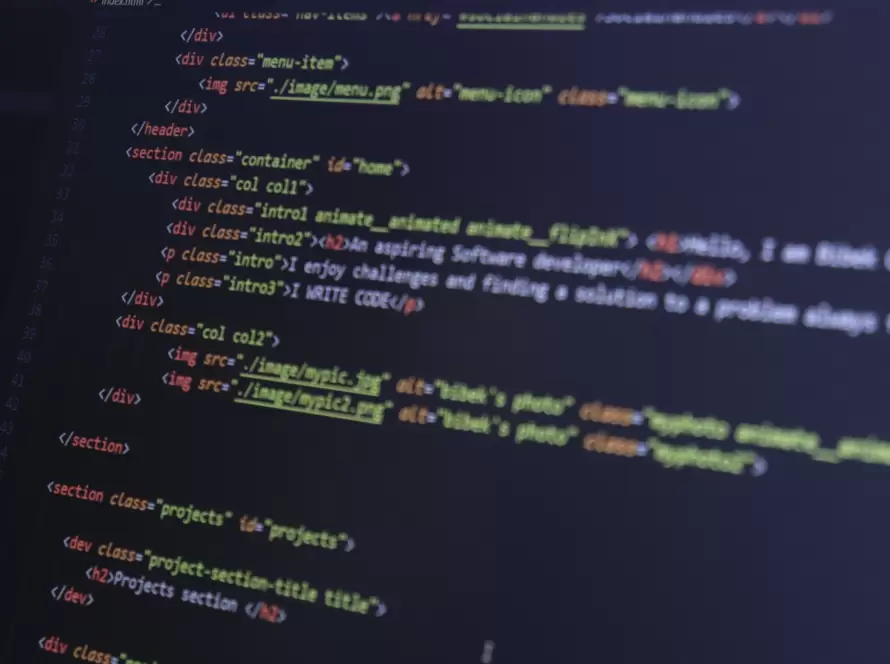Generated by Contentify AI

Flexbox is a powerful CSS layout module that allows developers to create flexible and responsive web page designs with ease. With Flexbox, designers can manipulate the positioning and alignment of elements within a container, providing efficient solutions for various layout challenges. By understanding the fundamental principles of Flexbox, developers can harness its full potential and achieve visually stunning and functional web designs.
One of the key advantages of using Flexbox is its ability to handle both simple and complex layout scenarios. Whether you are designing a basic navigation menu or a complex multi-column grid, Flexbox can adapt to your requirements. Its flexible nature eliminates the need for floats and positioning hacks, resulting in cleaner and more maintainable code. Additionally, Flexbox gives developers precise control over the alignment and spacing of elements, ensuring consistency across different screen sizes and resolutions.
Another useful feature of Flexbox is its responsiveness. With Flexbox, developers can easily create responsive designs that automatically adjust to different screen sizes. By defining flexible widths and heights for elements, designers can ensure that their layouts adapt smoothly to various devices, such as desktops, tablets, and mobile phones. This not only enhances the user experience but also eliminates the need for separate stylesheets for different devices, resulting in more efficient and manageable codebases.
Flexbox also offers a range of powerful alignment and positioning options. Developers can easily center elements horizontally and vertically, align them to the start or end of the container, or distribute them evenly. This level of control enables designers to create visually pleasing and balanced layouts without the need for complex calculations or excessive CSS. Flexbox also supports the concept of flexible empty space, allowing elements to expand or shrink to fill available space, which is particularly useful in creating responsive grid systems.
In conclusion, understanding the fundamentals of Flexbox is crucial for modern web development. By leveraging Flexbox’s flexible and responsive features, developers can create visually stunning and functional web designs that adapt seamlessly to different devices. With its powerful alignment and positioning options, Flexbox offers a versatile solution for layout challenges, making it an essential tool for CSS enthusiasts. So why wait? Start exploring the wonders of Flexbox and take your web design skills to the next level.


